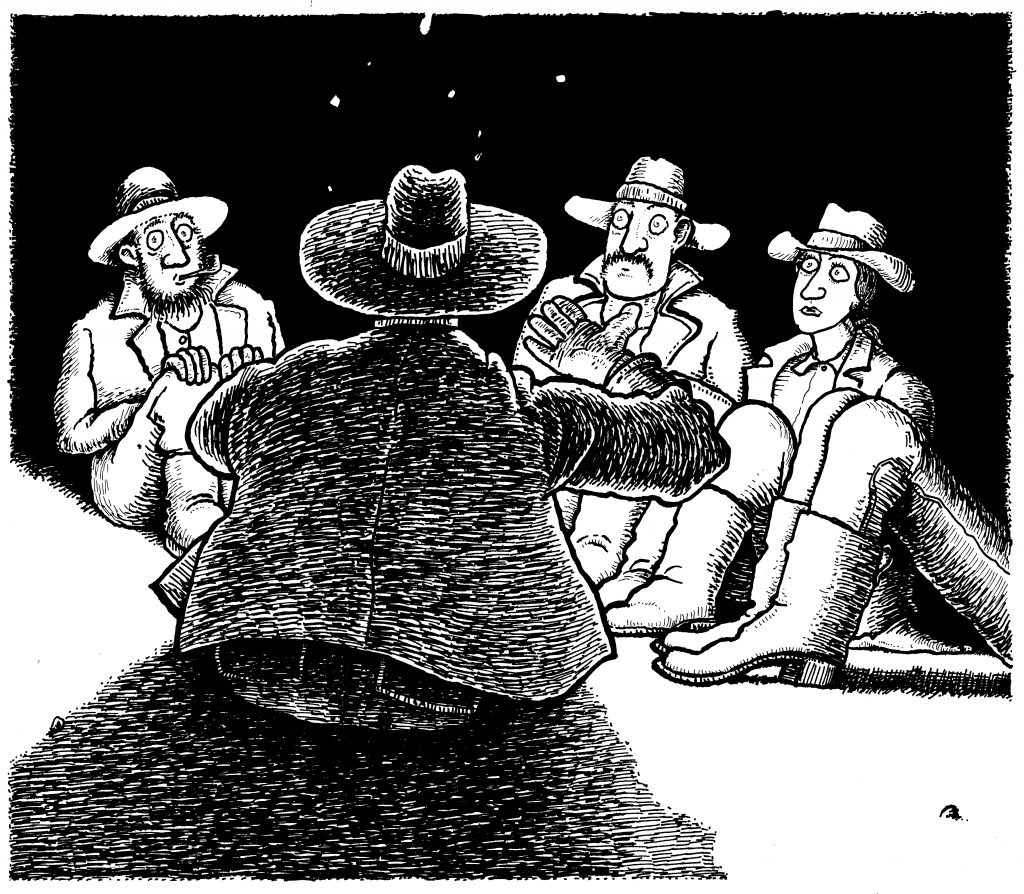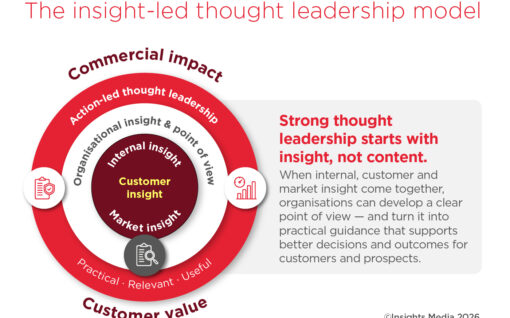
“Are you sitting comfortably? Then I’ll begin…”
Storytelling in the traditional sense – through books, films or one person to another around the campfire – is a simple enough concept to understand. The urge to tell and hear stories is fundamental to human nature and we have been doing it for years and years, right back to caveman days. It’s how we connect with people, with ideas, with history, with change and how we make sense of the world around us – the modern day, the past and the future. “We are, as a species, addicted to story. Even when the body goes to sleep, the mind stays up all night, telling itself stories.” So said the scholar and author John Gottschall, in his book ‘The Storytelling Animal: How Stories Make Us Human.”
What about storytelling in the context of the workplace? Now that’s a trickier concept for many of us to grasp, but grasp it we must, because storytelling has become one of the major work-related buzzwords in recent years. Every organisation, be it in the private, public or voluntary sector, needs to have a story to tell and to tell it well.
But there is a problem here and it’s this: the concept of storytelling in the context of work is much less tangible than the concept of storytelling through books, films, music, around the fire….What does workplace storytelling mean? How do you do it? Why has it become such a thing?
Everyone talks about workplace storytelling, but few people or organisations describe, really describe what it is and why we should be doing it. Except for marketers and advertisers, but we shall come onto that in a bit.
What is storytelling?
So, let’s start with the basics: what is storytelling, in its purest form? Do a dictionary search and the results are pretty minimal. The online Oxford Dictionary defines it as ‘the activity of telling or writing stories’. Dictionary.com gives pretty much the same definition: ‘the telling or writing of stories’. These basic definitions tell us nothing we didn’t already know.
Wikipedia goes deeper . . .
“Storytelling is the social and cultural activity of sharing stories, often with improvisation, theatrics or embellishment. Stories or narratives have been shared in every culture as a means of entertainment, education, cultural preservation and instilling moral values. Crucial elements of stories and storytelling include plot, characters and narrative point of view.”
There’s more from Wikipedia, of course, but that’s more than enough for our purposes.
In the context of workplace storytelling, the BBC’s avowed mission is a good place to start, it being ‘to enrich people’s lives with programmes and services that inform, educate and entertain’. It’s those words ‘inform, educate and entertain’ that we are interested in here. When you, as an individual or as an organisation, tell a story to your customers, potential customers, employees or shareholders, a story about your organisation, you want to inform and educate them about what you do, why you do it and what it means for them. And the best way you can do that is to entertain them at the same time. To entertain people is to amuse them, yes, but the word actually has a much broader scope than that. When you entertain someone, you are also capturing their attention, giving them something to think about and getting them to consider what you are saying. That’s a lot more powerful than just amusing them. You have drawn them into your story and got their minds and hearts engaged in what you are saying. Think of storytelling (educating, informing and entertaining) in this way and it is a lot more apparent why organisations have jumped on the storytelling bandwagon. As the American author and creative writing instructor, Robert McKee, said: “Storytelling is the most powerful way to put ideas into the world.”
Someone else with a few words to say about the power of storytelling was Apple’s Steve Jobs. He certainly knew a lot about the importance of a good story, how it can grow a brand and how to use it to connect with a global audience. Ponder this quote of his for a moment: “The most powerful person in the world is the storyteller. The storyteller sets the vision, values and agenda of an entire generation that is to come.”
The connection between storytelling and power is not a new one, however. The ancient Greeks and Romans fully understood and explored the power of words and stories. The quote ‘Those who tell the stories rule society,” is widely attributed to one of the most influential philosophers of all time, Plato, although there is a very similar Native American Indian proverb that some people like to use: ‘Those who tell the stories rule the world.”
Shane Snow, author, journalist and chief strategy officer at the American tech company, Contently, has the proverb emblazoned on his office wall.
Snow gave a TEDx talk (above) a while ago about this idea of storytellers being people of huge influence. In the talk he discussed a poll that he conducted in which he asked 3,000 people who they would trust more to be their leader: Queen Elizabeth or J K Rowling? Who do you suppose came out on top? Yes, it was the storyteller.
The power of words
Creating good, memorable stories helps organisations to stand out from the crowd, creating the centrepiece from which to broadcast and enhance your message. They enable you to build a connection with your audience and create a buzz and sense of community around what you are doing. This is particularly important in today’s world where brand is so important. In order to have a strong, tangible brand, you need to have a strong, tangible narrative. People want to know what’s behind a brand. They want to believe in a brand and feel a personal sense of connection with it. They want to hear your story and not just once. You need to keep telling your story and building on it, layer upon layer, whether you are telling your story to an external audience, internal audience or indeed, both.
Writing fictional stories versus writing factual stories
Writing a piece of fiction and writing a newspaper article or blog post are obviously vastly different undertakings. However, the guiding principles and techniques may not be so far apart as they seem. A good story has a beginning, a middle and an end, much like a whitepaper, blog post or article. It forges a connection with readers and makes them want to read more, to find out what is said next, what is happening and why. News stories have a particular format – the ‘who, what, why, where, when and how’. This format ensures readers and listeners are hooked into the story and find out what they need to know, easily and quickly. Is that so different from a whodunnit?
Good storytelling is good storytelling, whether you are writing fact or fiction. You need to draw your readers (viewers or listeners) in, connect with their emotions and present your material in the best possible way to pique your audience’s interest “No, no! The adventures first, explanations take such a dreadful time,” said one of the characters in Lewis Carroll’s Alice’s Adventures in Wonderland. It’s the same with journalism – you tell your audience the most interesting, the most compelling and the most recent information before you would even consider explaining why an event has happened. And it’s the same with copywriting.
Stories created by marketing and advertising
Marketers, sales and advertising professionals have always been very aware of the power of a good story told well. It has underpinned what they do, how they do it and when they do it. Think of those old iconic Levis 501 ads, such as this one . . .
The John Lewis ads, such as this one . . .
Or the Old Spice ads, such as this one . . .
As Melinda Partin, senior director of marketing and digital strategy at the US’s University of Washington School of Medicine, said in this Fast Company article, marketing and storytelling are inextricably linked: “At its very core, marketing is storytelling. The best advertising campaigns take us on an emotional journey – appealing to our wants, needs and desires – while at the same time telling us about a product or service.”
What we do
The role of us journalists, copywriters, content curators and digital media experts (or whatever other title we go by) is to tell the story that needs to be told and to tell it well. This means understanding what the story is in the first place and why it needs to be told. It might involve interviewing people and getting their take on the story. No matter how well informed you are on a topic or event, interviewees can give you surprising insights and perspectives that really enhance the story. Let their voices be heard.
As seasoned journalists and copywriters here at itsdevelopmental, we know all about teasing out what story needs to be told. Sometimes organisations need help fine tuning their story – we can do that too. We can come up with a plan on the best way to tell the story (be it in written form, audio, podcast…) and how to develop it beyond the initial telling. We are practiced at it and we really enjoy doing it.
Remember those three important words in the BBC’s mission: inform, educate and entertain? When writing a whitepaper, for example, the intention is most definitely to inform and educate – to tell readers about the topic in question, to tell them what they need to know and why (the who, what, where, when, why, how). But, at the same time, it needs to be a darn good read, otherwise the story will be lost and the reader will switch off and cease reading. That’s why the next quote is such a good one and a very fitting one to end this piece. It is a quote commonly attributed to the American radio personality, Ira Glass, although he referenced it as an old saying in his radio show ‘The American Life’. Whoever it came from, it sums up why it is so important that storytelling is done well. “Great stories happen to those who tell them.”
- This article first appeared on our sister site Itsdevelopmental Ltd.

